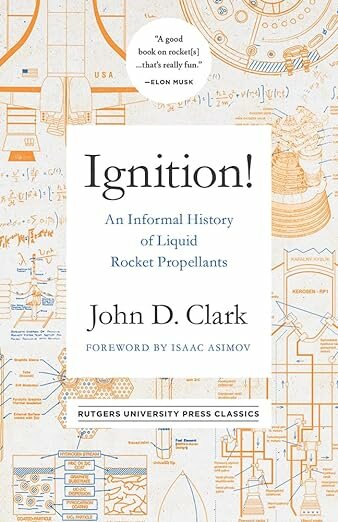- Joined
- 13 August 2007
- Messages
- 7,148
- Reaction score
- 6,519
I found in Robert L. Forward novel "Saturn Rukh"
this Synthetic Fuel: metastabil Helium NHe64*
know someone about this is a real proposal or is this pure Sci-Fi ?
(Forward had Habit to put proposals in his novels)
the idea of metastable helium is this:
Three helium atoms are aligned in a metastable state.
When it reverts to normal state it releases 0.48 giga joules per kilogram.
only problem is that it tends to decay spontaneously, with a lifetime of a mere 2.3 hours.
in "Saturn Rukh" they solve those problems.
by aligned 64 helium atoms around one nitrogen atom with laser
the Fuel look like blue mercury with densty of 13.5 tons/m3
heat up to 2200° kelvin, NHe64* disintegrated and release energy
isp is 3058 sec
Forward quote a George Phillips from
National Institute of Standards and Technology (NIST) in Boulder, Colorado
and his paper "The Properties of NHe64*"
this Synthetic Fuel: metastabil Helium NHe64*
know someone about this is a real proposal or is this pure Sci-Fi ?
(Forward had Habit to put proposals in his novels)
the idea of metastable helium is this:
Three helium atoms are aligned in a metastable state.
When it reverts to normal state it releases 0.48 giga joules per kilogram.
only problem is that it tends to decay spontaneously, with a lifetime of a mere 2.3 hours.
in "Saturn Rukh" they solve those problems.
by aligned 64 helium atoms around one nitrogen atom with laser
the Fuel look like blue mercury with densty of 13.5 tons/m3
heat up to 2200° kelvin, NHe64* disintegrated and release energy
isp is 3058 sec
Forward quote a George Phillips from
National Institute of Standards and Technology (NIST) in Boulder, Colorado
and his paper "The Properties of NHe64*"


